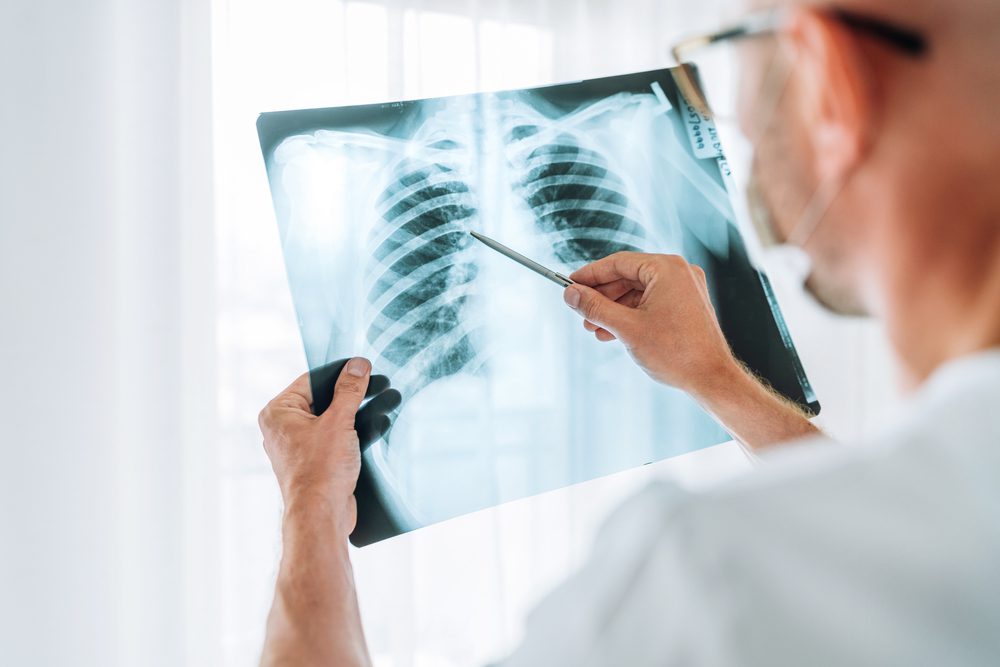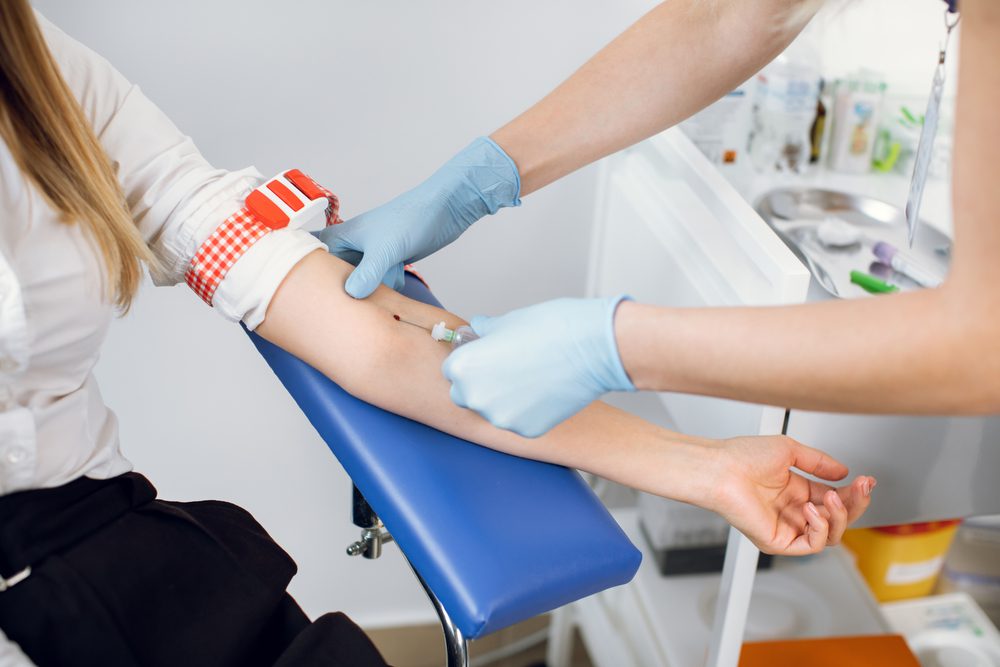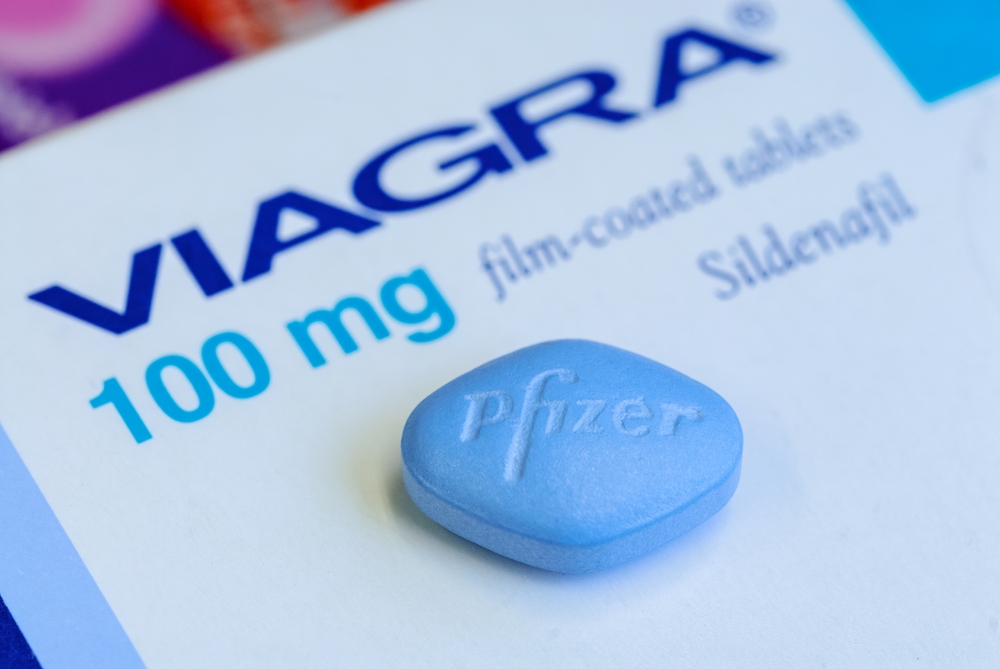If you notice any cancer symptoms or your screening tests suggest that you might have it, your doctor will surely find out whether it is really cancer or another underlying issue. When it comes to this, doctors know how to detect cancer, and luckily, in many cases, even very early on.
For the moment, there isn’t one available test out there to fully diagnose any type of cancer. That’s why you might notice your doctor starts asking you about your personal and family medical history and even performing a physical exam.
Moreover, they could even order various lab tests, imaging tests, or any other tests and procedures. You could even need a biopsy, which is often the only way to tell for sure if you have cancer or not. We will discuss some of the most commonly used methods by which doctors can diagnose cancer. Depending on the symptoms you are presenting, you might need other tests, too.

It’s important to make sense of the test results.
Results that are coming from lab tests, imaging, and even biopsies are usually found in the patient’s portal before you even discuss them with your doctor. It is fairly normal to feel anxious and want to know immediately not only what the results are but also what they mean. Your doctor is the one who should explain these results to you, from what they mean to your future prospects.
What lab tests are used to diagnose cancer?
In some cases, high or low levels of substances in your body could ultimately lead to cancer. That’s why doctors recommend lab tests on your blood, urine, and any other body fluids that could measure these substances.
This is the easiest way to make a diagnosis. Even so, abnormal lab results aren’t definitive when it comes to cancer. Lab test results are usually used along with the results of various other tests, like biopsies and imaging, that will help you diagnose and understand the severity of the situation.
Then again, lab results in healthy people look very different, and they usually vary from one person to another. Reasons for these massive differences could include age, gender, race, medical history, and overall health.
Moreover, your own results could differ on a monthly basis. Given that normal results might bounce around from time to time, they are often reported in a wide range, with lower and upper limits.
These ranges are usually based on test results from various numbers of people who have been previously tested. For the majority of tests, it is highly possible to get normal results, even if you do have a malignant tumor.
It is also possible to have test results that are outside the normal range, even if you are healthy. That’s definitely one of the reasons why lab tests alone can’t 100% say whether or not you suffer from cancer. But doctors know more ways in which they can detect cancer, so rest assured, you will find out if that’s the case. Here are some of the most common lab tests meant to detect cancer:
Blood chemistry test
A blood chemistry test will measure the amount of substance released into the blood by the organs and tissues of your body. These substances could include metabolites, electrolytes, fats, sugars, proteins, and even enzymes.
These blood chemistry tests might show important information about your kidneys, liver, and other organs and how well they are currently working. Believe it or not, high and low levels of certain substances in our blood can actually point toward a disease or the side effects of treatment.

Complete blood count
The CBC measures not only the number of red and white blood cells but also the platelets in our blood. Moreover, it measures the amount of hemoglobin, which is the protein that carries oxygen in your blood, which is the amount of blood that’s made up of red blood cells (hematocrit), the size of your red blood cells, and also the amount of hemoglobin in your red blood cells.
The CBC takes part in a routine health check-up. It might prove helpful in diagnosing cancers, especially leukemia. It is also fairly widely used to monitor health during and after treatment.
Cytogenetic analysis
The cytogenetic analysis searches for changes in chromosomes in various samples of tissue, blood, bone marrow, and amniotic fluid. Chromosome changes could include broken, missing, rearranged, or even extra chromosomes.
Changes in particular chromosomes could lead to a genetic condition or other dangerous types of cancer. The cytogenetic analysis could be used to help diagnose cancer, plan a proper treatment, and also find out how well the treatment is working.
Imaging tests are used to detect cancer.
Imaging tests reveal useful pictures of areas inside our bodies that can further help our doctors see whether a tumor is actually present or not. These pictures can be made in various ways.
CT scan
A CT scan is done through an X-ray machine linked to a computer that takes pictures of your organs from different angles. In some cases, you could receive a dye or other known contrast material before having the scan. You will have to swallow the dye, or it could be administered by a needle into a vein.
Contrast material helps make the pictures much easier to read because it highlights specific areas of the body. Throughout the CT scan, you might lie still on the table that slides into that donut-shaped scanner. The CT machine will move around you, taking pictures.
MRI
An MRI uses a very powerful magnet and radio waves to take the needed pictures of your body in slices. The slices are then combined, and that’s how we receive those detailed images of inside our body, which can reveal places where there could be tumors.
Nuclear scan
A nuclear scan requires using radioactive material to take pictures of the inside of the body. This particular type of scan might be known as a radionuclide scan. Before this scan, you might receive an injection of a small amount of radioactive material, which is also known as a tracer.
It flows throughout your bloodstream, collecting in certain bones and organs. While they perform this scan, you will have to lie still on a table as the machine detects and measures radioactivity in your body, coming up with pictures of bones and organs on a computer screen.
Bone scan
Bone scans are another type of nuclear scan, and they are used to check for abnormal areas in the bones. They could be used to diagnose bone cancer or even find out if the cancer spread to the bones from elsewhere in the body. Before you do this test, a very small amount of radioactive metal will be injected into your vein. It will travel through your blood, and that’s how the material collects in abnormal areas in the bone.
PET scan
A PET scan is a specific type of nuclear scan that makes super-detailed 3-D pictures of certain areas inside your body, especially where glucose is taken up. Given that cancer cells often take up way more glucose than healthy cells, the pictures can be easily used to find cancer in the body.
Before the scan begins, you will receive an injection of a tracer known as radioactive glucose. Throughout the scan, you will lie still on a table that will automatically move back and forth through a scanner.
If you enjoyed reading this article, you might want to try: Why Are Sweet Foods so Addictive? The Science of Desserts, Explained














